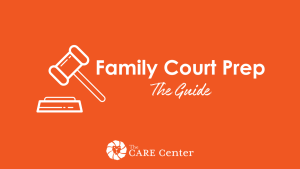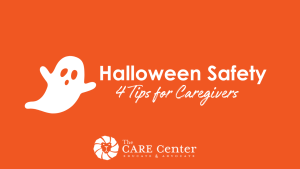Preventable injuries are the number one cause of child death in the U.S., and one of the biggest reasons for this is furniture tip-over. Furniture tip-overs are a crisis that requires awareness and tools for prevention. Below are myths vs. facts of furniture tip-overs as well as ways to prevent these accidents from occurring.
Myth vs. fact
It’s important to know the difference between myths and facts of furniture tip-overs. When adults know how and why furniture tip-overs happen, they can work to prevent these accidents from occurring.
Myth #1: Toddlers are the only ones who tip over furniture.
While toddlers are at high-risk for furniture tip-overs, the most injuries from furniture accidents occur to children 8 years old and younger.
As Laura Jana, M.D., author of “The Toddler Brain,” told Consumer Reports, “Between the ages of 3 and 5, children are only beginning to develop the executive function skills necessary to anticipate consequences or to stop and change their course of action if and when they realize something is wrong — when a dresser is unsteady, for example.” This means that children of all ages, not just toddlers, are still developing their cognitive function skills making certain key functions, like safety, difficult.
Myth #2: The furniture is so heavy, it won’t tip over.
Imagine a child climbing up the pulled-out drawers of a dresser. With all of the drawers pulled out, the dresser’s center of gravity has now shifted, making it much easier for the dresser to tip over. What started as a fun climbing game can turn dangerous very quickly if the dresser isn’t properly mounted to the wall.
Myth #3: I’m an irresponsible parent if a furniture tip-over occurs.
Let’s get two things straight: accidents happen, and if a furniture tip-over happens on your watch, you shouldn’t feel ashamed of it. The most important thing is prevention and awareness so that it doesn’t happen again. Instead of blame, let’s focus on ways to improve the situation, making sure that furniture is secure and won’t tip over again in the future.
Myth #3: Small or really heavy furniture won’t tip over.
Studies have shown that furniture of all shapes and sizes can be prone to tipping. It doesn’t matter if the piece of furniture is short and heavy or tall and light–if it can be climbed on, there’s a possibility that it could tip over.
However, heavier furniture has even more cause for concern, especially if it’s not secured properly. Make sure to stay aware and take precaution for dressers, bookshelves, and any other furniture that may not be tall but could still tip over.
Tips on Securing Your Home
Anchor your furniture.
Anchoring is the single most important step in preventing serious injury or death from furniture tip-overs. A well-anchored piece of furniture is less likely to tip over and cause injury. Here are a few tips on how to anchor furniture properly.
- Look for furniture with built-in anchors, and make sure to place anchors on solid backing ONLY.
- Anchors should be attached to a stud in the wall, as this provides the most security when anchoring.
- Use at least two restraints for each piece of furniture, and remember that wider furniture may need more than two anchors.
- Mount TVs securely (in a stud), and make sure old TVs that aren’t being used are stored on the floor, out of reach from children.
- Furniture under 30 inches isn’t required to come with restraints so make sure to purchase this separately from a safety specialist.
Eliminate temptation.
If you’re hiding tempting objects like remotes, candy, or toys within eyesight and on top of furniture, consider moving these items out of sight. Kids are creative, and if they see something they want they’re likely to come up with a creative solution to reach that item, even if it means scaling the side of a heavy dresser to do so.
Monitor your child.
If you’re able to, try placing children’s play areas in spaces that are easily visible to you, and lock and close doors for spaces that shouldn’t be accessed by children.
A motion-sensor toddler room monitor can be helpful to monitor children while they’re sleeping (or more importantly when they’re not sleeping!)
Monitor when babysitters or other caregivers watch your child. You may consider a home security system to keep an eye on kiddos when you’re away.
Be proactive.
Furniture tip-over prevention isn’t a one-and-done concern. Make sure that you check anchors often to ensure that they’re still in place and supporting your furniture. Check for wear and other routine damage that can occur from using furniture.
Most importantly, don’t forget to talk to your child about furniture safety. They may not fully understand the concept, but it’s important to check in and remind them of why they shouldn’t be climbing on or pulling heavy furniture.
Stay aware of the risks and be proactive about anchoring furniture. When you make smart, informed decisions about the safety of your children, accidents are less likely to occur.








